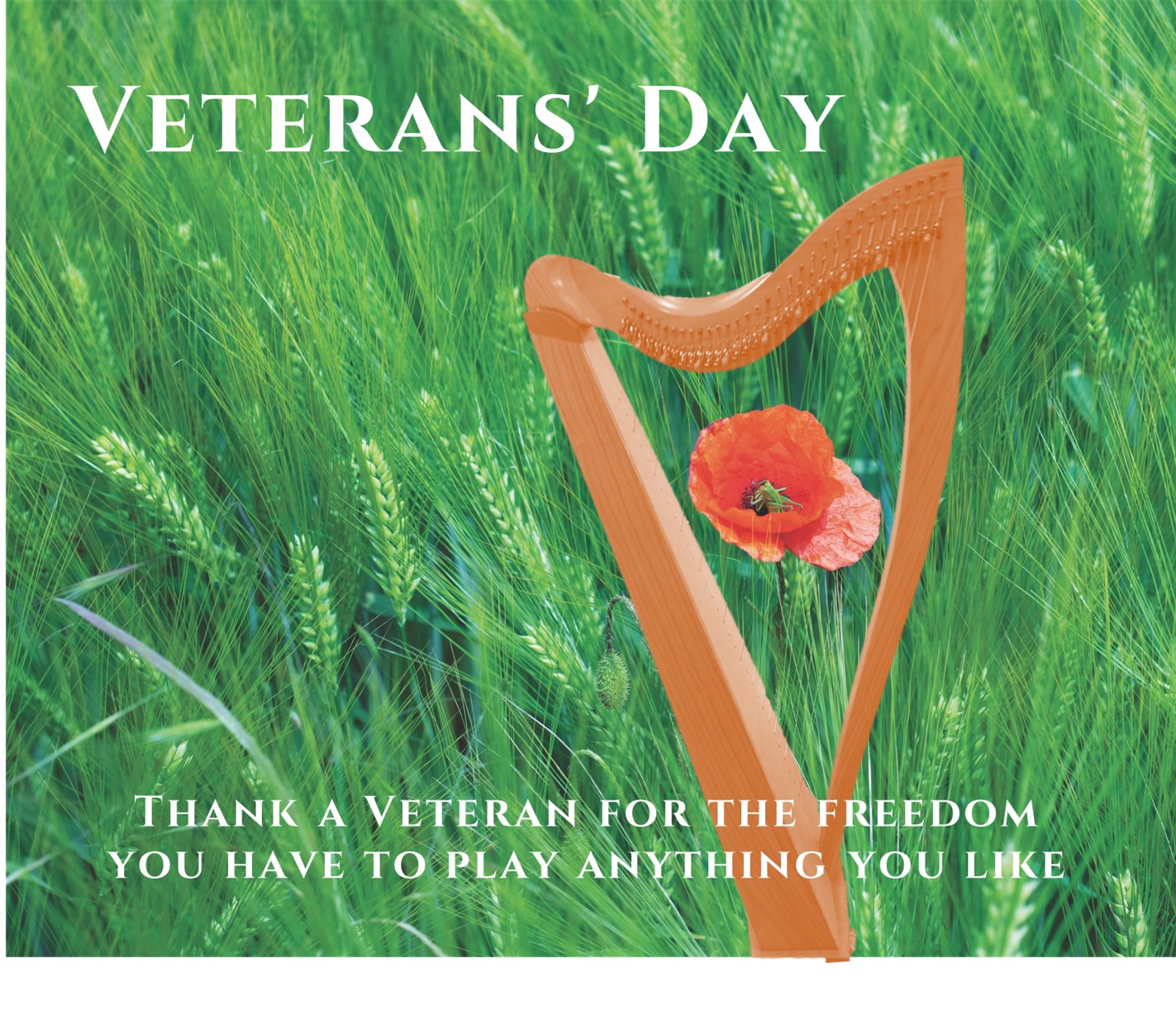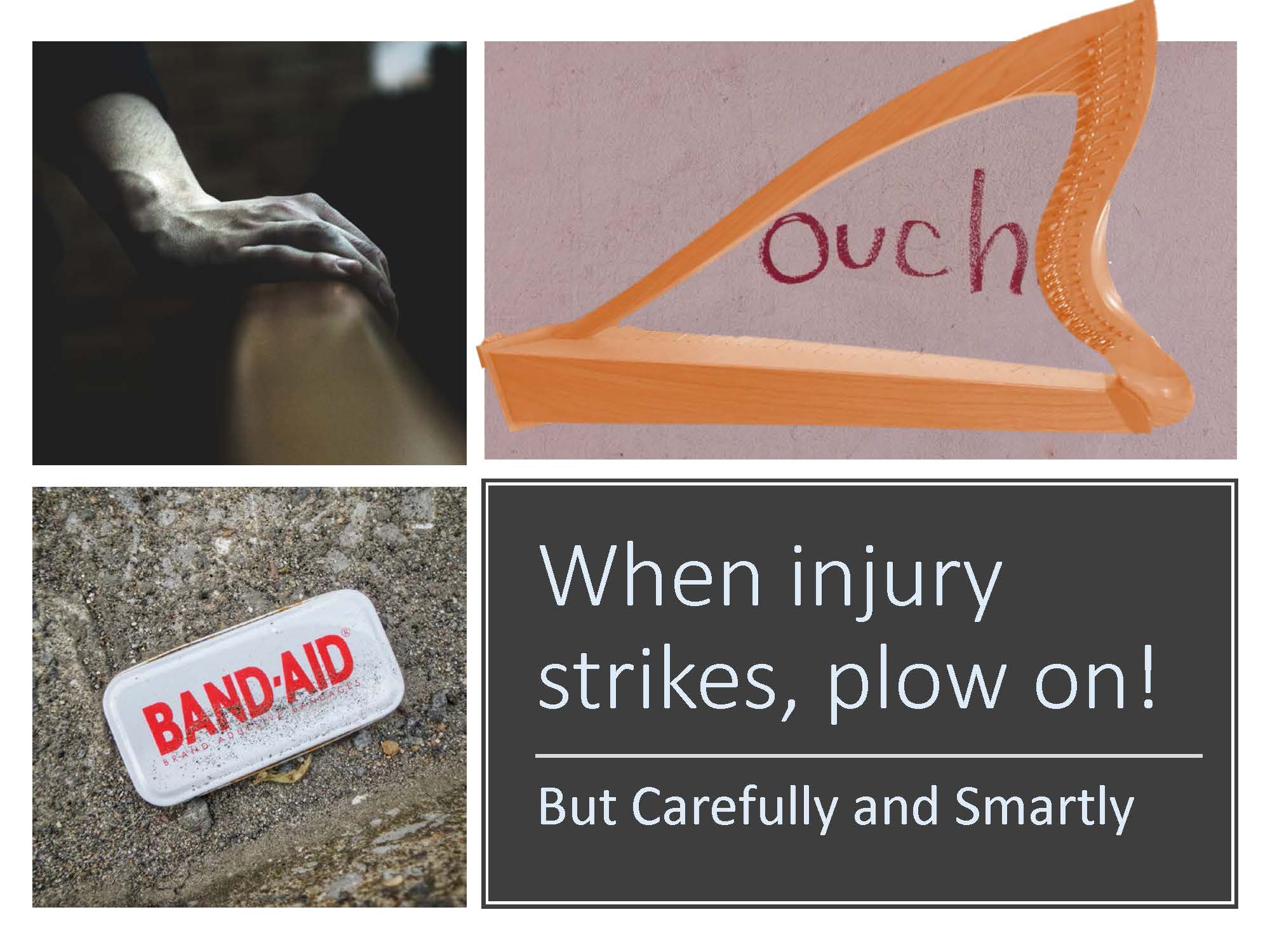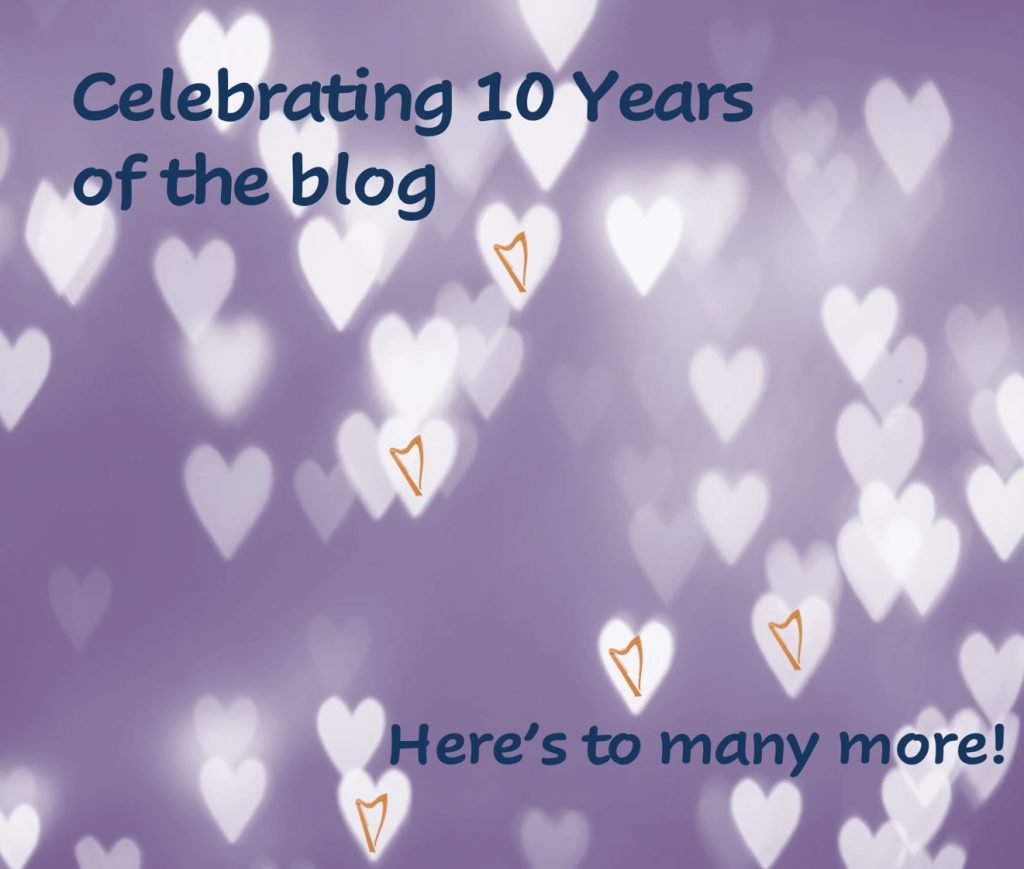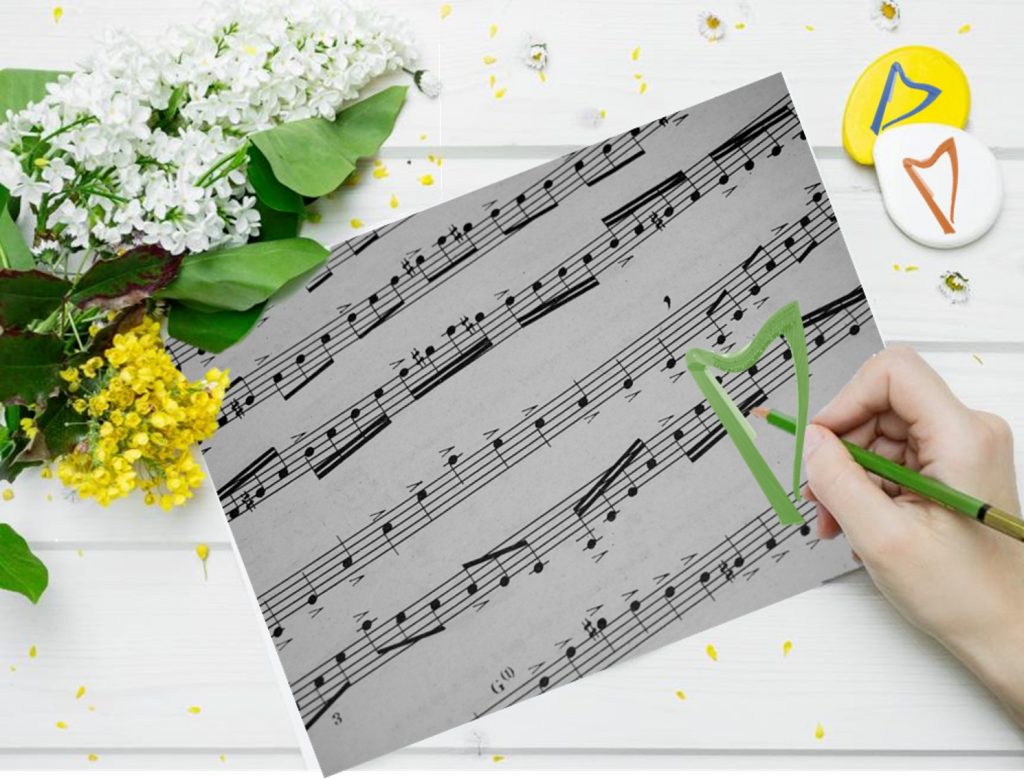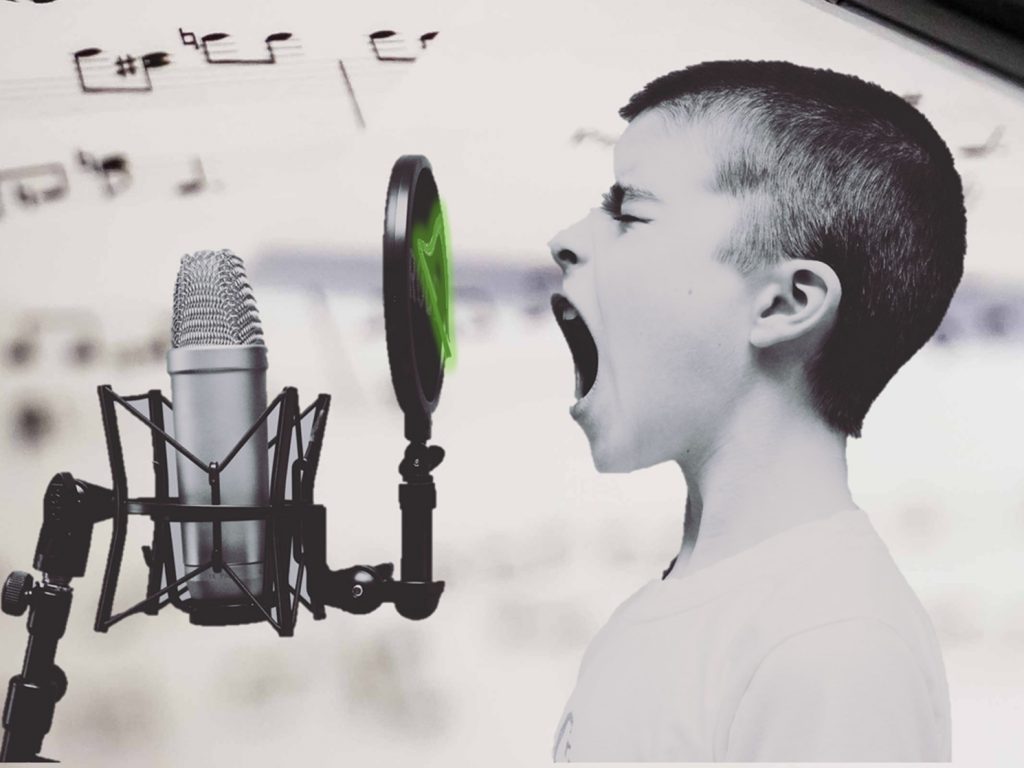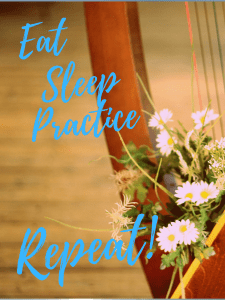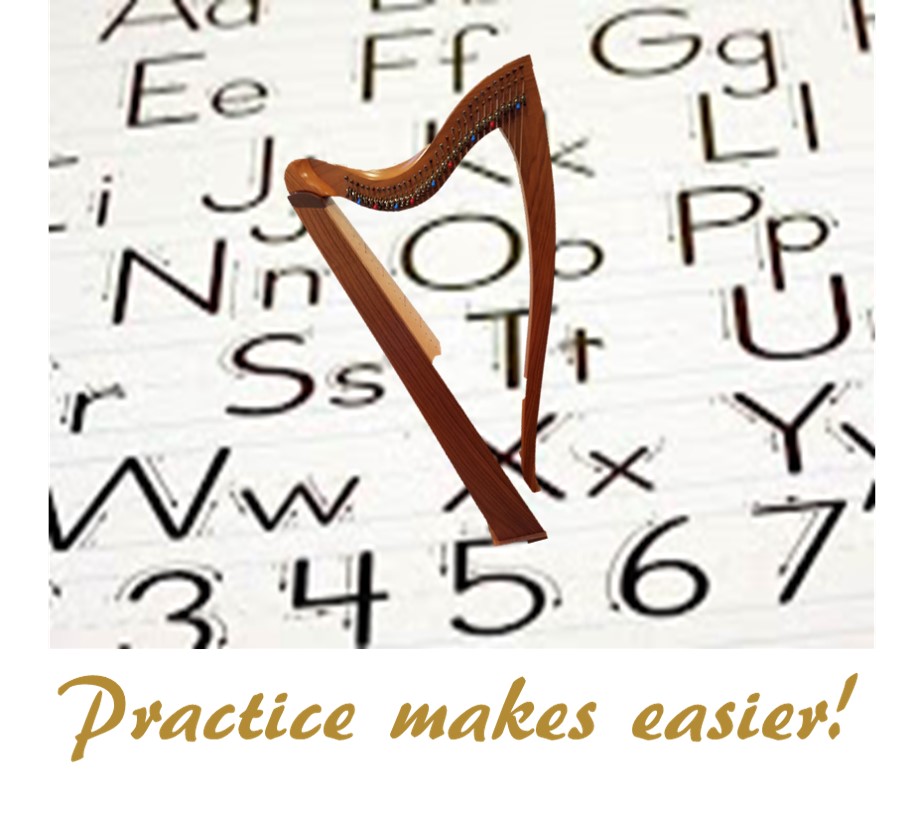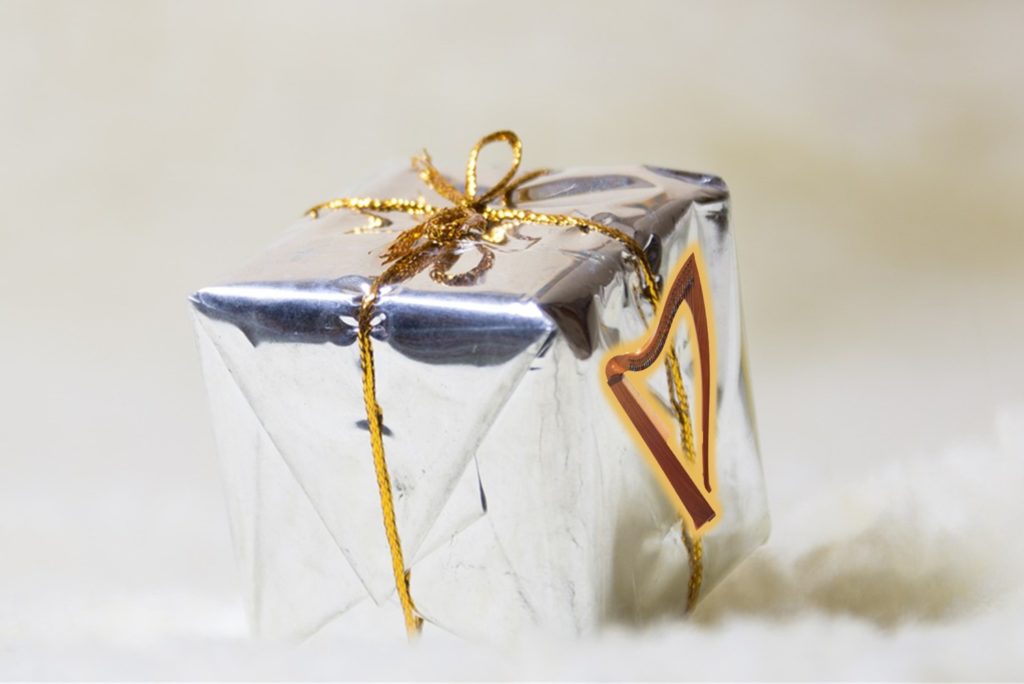I’m on that high you get when you’ve had a great lesson where you’ve worked hard, learned a ton, enjoyed receiving information, knowledge and wisdom from a good teacher, had a genuinely good time, and are now exhausted!
Woohoo!!
What? you want to know why I would be taking a lesson?
That is an easy answer to give – because I needed to start again, again.
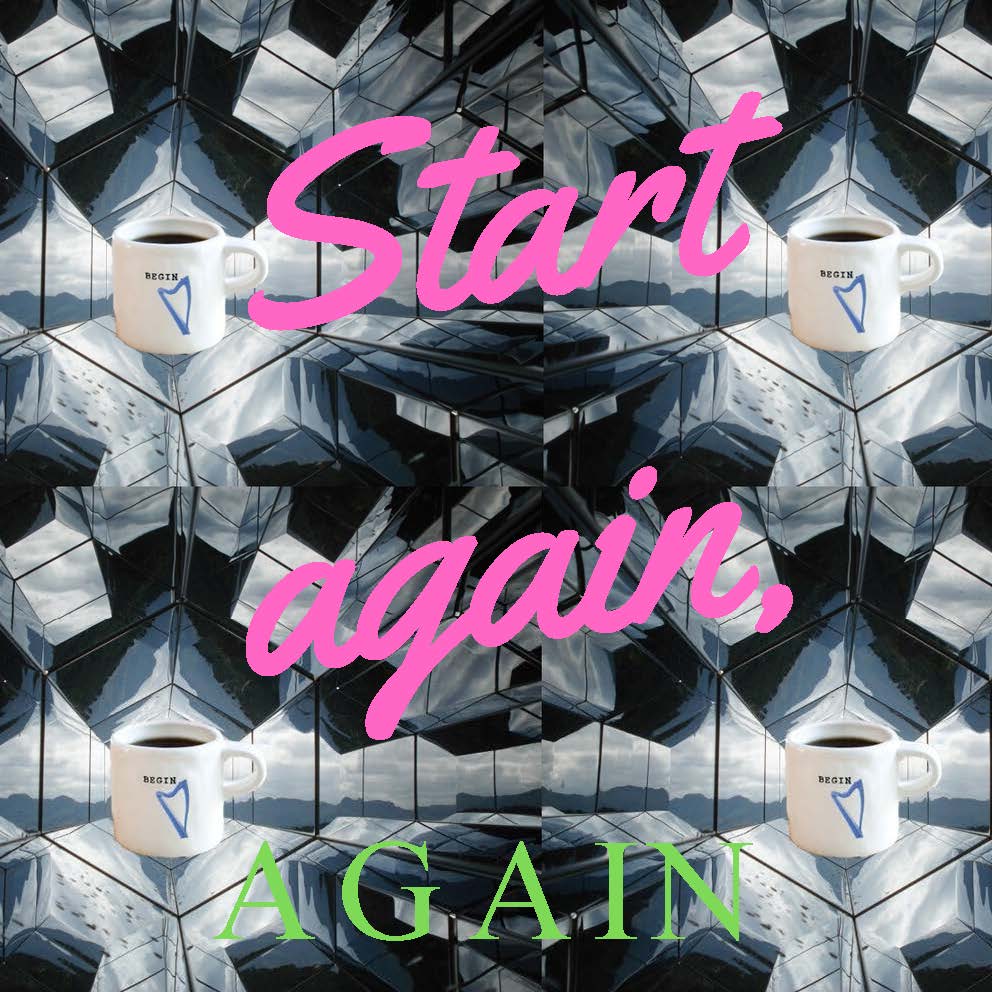 There is so much to know and to learn. We all have some of the pieces, but none of us has all the pieces. However, I keep working on the puzzle, so I gathered more pieces from another source – and I think the picture in the puzzle is starting to take shape and be visible!
There is so much to know and to learn. We all have some of the pieces, but none of us has all the pieces. However, I keep working on the puzzle, so I gathered more pieces from another source – and I think the picture in the puzzle is starting to take shape and be visible!
I have a beautiful Wurlitzer Starke. I am so fortunate and grateful to have it. But, to be honest, it has been collecting dust in the corner. Of course I play it – occasionally. But I didn’t play it enough. And I was making no movement toward the music I got it to work on – music I insisted I needed to play!
I have a confession to make. I don’t just like Scottish music. I love music. I particularly like Baroque, Classical, and Romantic music. I’m also a picky taster at the modern table. But it was hearing Faure’s Impromptu on the radio that compelled me to venture into the pool of the pedal harp.
Yes, I heard that piece and I was smitten! Just one teeny-tiny problem – I didn’t actually know how to start. Because, while yes, a harp is a harp, I was a little bit afraid of my pedal harp.
So, I needed to start again.
In that weird way the world works, just before all of this, separately, two of you mentioned needing to start over again – in the same week! So, I’ve had this idea of starting again, again in mind as I headed out to my lesson.
Do you need to start again, again? It’s not a bad idea, and here’s why:
- Beginner’s Mind. You might have heard this concept of keeping a “beginner’s mind” – holding curiosity forefront, being eager to learn, being grateful for each step forward no matter the size. And perhaps most importantly, the beginner’s mind has no expectations of performance – no disappointment on not getting something right the first try or impatience that it’s “taking too long” to learn something.
- No matter where you go, there you are (but you’ve worn down your shoes!) – you might want to start again again just to get a “tune-up”. I’m always amazed how quickly small bad habits can build (and band together!) – a little slump leads to a little neck craning leads to dragging your arm on the sound board and a one way ticket to poorer playing and possible injury.
- Someone out there knows something that could push you just a little farther along on your path. But if you don’t ask for the help and information, you might never get that little shove you need! And you never know who will have it or what it will look like, so you need to pay attention.
- No one wants to become stale. And it’s easy to do. It’s so much easier to play the same ten tunes forever, but it’s very motivating to have new repertoire the next time you see your harp buddies. Whether you have a lesson, go to a workshop, or find new music to learn, you’ll prevent yourself from becoming musty and have an opportunity to start again.
- Something worth having is worth fighting for. It is easy (as in the above) to become complacent, but you know you want to be as good as you can become, and while it might not be a “fight” per se (although that might depend on the tune!), working for something you want has it’s benefits while not working will have significant drawbacks (like being disappointed in yourself!).
Taking the perspective of starting again, again can be freeing. Of course, we’re not always in a place where we need to start again, again so if you’re not there that’s great! But if you find yourself thinking that starting over might be the best way to move forward, really step into it and begin again…again!
Have you found yourself in this place? How did you know? what did you do? Was it worth it? Let me know in the comments!
